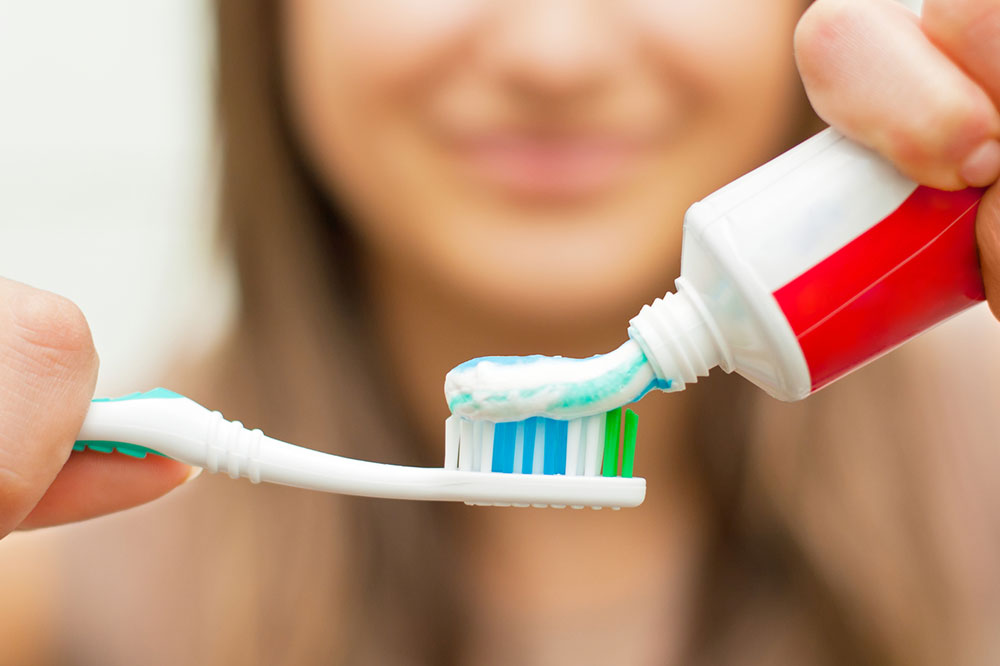Comprehensive Guide to Selecting Effective Teeth Whitening Toothpastes for a Brighter Smile
Discover expert tips on selecting effective teeth whitening toothpastes that suit sensitive teeth and deliver noticeable results. Learn about ingredients, product recommendations, and best practices for maintaining a bright, healthy smile through proper oral hygiene. This comprehensive guide helps you make informed decisions for safer, more efficient teeth whitening at home.

Comprehensive Guide to Selecting Effective Teeth Whitening Toothpastes for a Brighter Smile
Essential Insights on Choosing the Right Teeth Whitening Toothpastes
Maintaining a luminous, healthy smile is a goal shared by many, yet concerns like tooth discoloration and sensitivity can often hinder this aspiration. While cosmetic dental procedures and over-the-counter (OTC) whitening products are widely available, the most consistent and cost-effective method to improve oral appearance is regular brushing with specialized whitening toothpastes. These products not only help remove surface stains caused by everyday foods and beverages but also support general dental health. It is important to understand that the effects of whitening toothpastes are gradual, and their purpose is primarily superficial stain removal rather than deep chromatic changes. For individuals with sensitive teeth, selecting a gentle, desensitizing whitening toothpaste is highly recommended to achieve optimal results without discomfort.
This method enhances the brightness of teeth by removing superficial stains but does not alter the natural shade or treat deeper discolorations. It’s essential to manage expectations and combine good oral hygiene practices with appropriate dental care choices.
Understanding the Composition and Functionality of Teeth Whitening Toothpastes
Teeth whitening toothpastes mainly function through two mechanisms: physical abrasion and chemical stain breakdown. They contain mild abrasives such as silica or calcium carbonate that scrub away surface stains. Some formulations incorporate chemical agents like hydrogen peroxide or carbamide peroxide, which penetrate enamel to break down internal discoloration. Other popular ingredients include activated charcoal, zinc citrate, or sodium pyrophosphate, which help in stain removal and odor control. Additionally, certain whitening toothpastes feature blue covarine, a special additive designed to deposit a thin layer on the teeth’s surface, creating an immediate optical illusion of whiteness. However, it’s crucial to note that such products offer superficial effects and do not address inherent or deep-seated discoloration issues. Understanding the differences among these ingredients can help consumers select products aligned with their goals and sensitivities.
How to Choose the Most Suitable Whitening Toothpaste
If you're new to using whitening toothpastes, starting with reputable options that balance efficacy with safety is essential. Here’s a comprehensive review of some top-rated budget-friendly products that cater especially to sensitive teeth and overall oral health:
Colgate® Optic White®
This popular brand offers a balanced approach by targeting both surface stains and intrinsic discoloration. Its formulation includes hydrogen peroxide, a potent bleaching agent, coupled with fluoride to prevent cavities. Regular use can gradually reveal brighter teeth while maintaining enamel strength.
Sensodyne ProNamel Gentle Whitening
Designed explicitly for individuals with sensitive teeth, this toothpaste incorporates silica, a gentle abrasive that effectively removes surface stains without irritation. It also delivers ingredients that promote enamel remineralization and overall dental health, making it a safe choice for daily use.
Crest 3D White Brilliance
This product adopts a dual-action approach by cleaning and whitening simultaneously. Its formula includes a combination of stain removers and whitening agents, providing visible results after consistent use. Its gentle nature makes it suitable for those prone to sensitivity.
When selecting a whitening toothpaste, always scrutinize the ingredient list. Prioritize options that include fluoride, which strengthens teeth and prevents cavities. Additionally, look for products certified by reputable dental associations such as the American Dental Association (ADA), as their Seal of Acceptance ensures the product's safety and effectiveness. Remember, while whitening toothpastes contribute to a brighter smile, maintaining good oral hygiene practices—such as regular brushing, flossing, and dental check-ups—is vital for comprehensive dental health.
In conclusion, choosing the right teeth whitening toothpaste involves understanding your specific dental needs, sensitivities, and the active ingredients that align with your oral health goals. With consistent use and proper oral care habits, you can achieve a noticeably brighter smile safely and affordably, enhancing your confidence and overall appearance.





